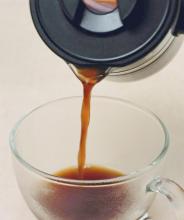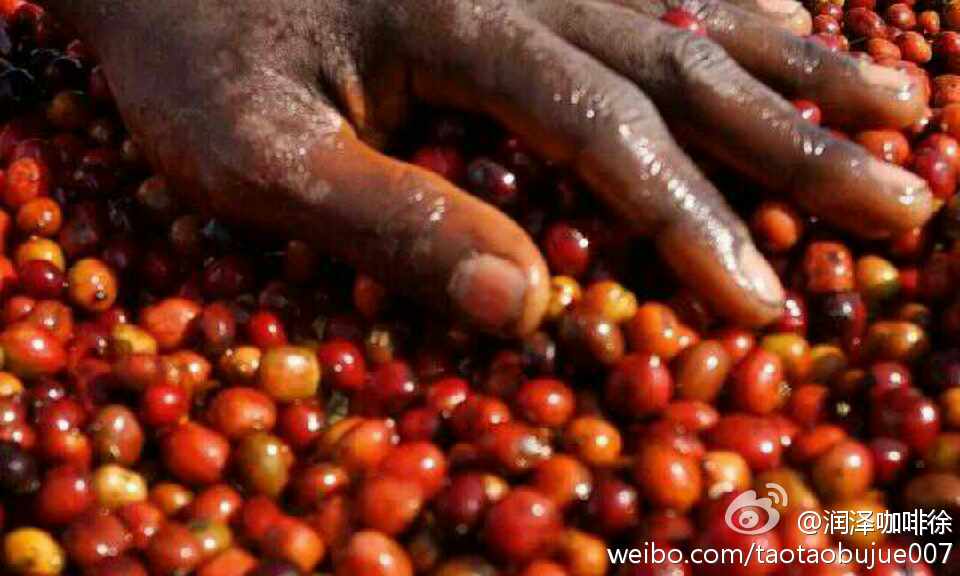La Resco Coffee Flavor
Puerto Rico was originally inhabited by the Indian Taino tribe.
Christopher Columbus sailed there in November 1493 and named it San Juan in honor of John the Baptist.
In 1508 the Spaniard J. Ponce de Leon established a colony on the island and was appointed governor the following year.
It became a Spanish colony in 1509. The indigenous Indians of the island were enslaved and driven to work on farms and gold mines.
In 1509, the administrative center of Puerto Rico was established, and in 1521, the local government changed the name of the island to Puerto Rico and its capital to San Juan.
In 1511 the Taíno revolted under the leadership of their leader Guaipana, which was suppressed by the colonial authorities and 6000 Indians were massacred.
In the mid-16th century, the Taino were wiped out and colonists brought blacks from Africa as slaves to grow sugar cane. Since then, Puerto Rico has been harassed by pirates and attacked by Britain, France and the Netherlands.
In the mid-18th century, immigration and slavery continued to increase, and coffee became the main export.
On September 23, 1869, the people of Puerto Rico, led by R. Emétrio Betancés, staged an uprising in the town of La Rez (known as the "La Rez Voice"). On September 24, they declared the establishment of a republic, which was suppressed by Spanish colonial forces. After a long struggle, Puerto Rico was finally granted the right to local autonomy by Spain. However, only one year elapsed between this time and the island becoming an American colony after the Spanish-American War
Puerto Rico's coffee beans are carefully grown, pure, aromatic, and granular. The best coffee is Yauco Selecto, which means "selected." Grown only on three farms in the south-west of the island, San Pedro, Caracolillo and La Juanita, Yocote Coffee has a strong aroma and a long aftertaste, making it a true premium coffee. The hilly areas southwest of Puerto Rico have mild climates, long maturity periods (October to February), and good clay soils. The people here have been using an eco-friendly, intensive cultivation method, picking only fully ripe beans and then rinsing them in a roller device for 48 hours. Yocote Select coffee beans are kept in sheepskin shells until they are marketed and removed when ordered to ensure optimum freshness. U.S. government officials, such as the FDA and USEA, are present at the time of the transaction to monitor compliance with federal regulations. There are also professional reviewers who randomly sample one bag from every 50 bags of coffee and use international gauges to evaluate the quality of the coffee beans, all to ensure that the real Yocote Coffee is a good deal.
Island Coffee-Puerto Rico
And Jaime Fortuno, president of Escogido Yauco agency, quietly watches all this work every year, even in the tiniest detail. Fortuno is an investment banker and a graduate of Harvard Business School. He was determined to seize every opportunity to open up a market for premium coffee in Puerto Rico. He expects a maximum annual production of 3000 bags of 45 kilograms each, which is less than 1 percent of the island's total coffee production.
That's why Puerto Rico and Puerto Rico Yuco Selecto are different. Yuco Selecto is the estate bean, a joint brand of San Pedro, Caracolillo and La Juanita in Puerto Rico

Important Notice :
前街咖啡 FrontStreet Coffee has moved to new addredd:
FrontStreet Coffee Address: 315,Donghua East Road,GuangZhou
Tel:020 38364473
- Prev

Introduction to Sidamo Coffee
Sidamo grows in the southernmost Ethiopian plateau between 4600 and 7200 feet above sea level (Sidamo province). It is a famous boutique coffee area in southern Ethiopia, bordering Kenya, southeast of Gemma and just south of the capital. It is usually sweet and favored by most people. Its annual output is about 225000 bags / 60kg. The bean body is smaller than Longberry, with gray in the green.
- Next

Full-bodied citrus sour and sweet sun Yega Chevoca flavor, characteristics, taste and manor introduction
The bean comes from a single farm, Ethiopia, and is processed by the Waka Cooperative (Worka cooperative). Alemayehu Alako Farm is a member of the Waka Cooperative. The Waka Cooperative, located in the south of Gedeb District, was founded in 2005 and joined the famous Yejia Sheffield Coffee Farmers Cooperative Union (YCFCU,Yirgacheffe Coffee Farmers Cooperati).
Related
- Detailed explanation of Jadeite planting Land in Panamanian Jadeite Manor introduction to the grading system of Jadeite competitive bidding, Red bid, Green bid and Rose Summer
- Story of Coffee planting in Brenka region of Costa Rica Stonehenge Manor anaerobic heavy honey treatment of flavor mouth
- What's on the barrel of Blue Mountain Coffee beans?
- Can American coffee also pull flowers? How to use hot American style to pull out a good-looking pattern?
- Can you make a cold extract with coffee beans? What is the right proportion for cold-extracted coffee formula?
- Indonesian PWN Gold Mandrine Coffee Origin Features Flavor How to Chong? Mandolin coffee is American.
- A brief introduction to the flavor characteristics of Brazilian yellow bourbon coffee beans
- What is the effect of different water quality on the flavor of cold-extracted coffee? What kind of water is best for brewing coffee?
- Why do you think of Rose Summer whenever you mention Panamanian coffee?
- Introduction to the characteristics of authentic blue mountain coffee bean producing areas? What is the CIB Coffee Authority in Jamaica?

